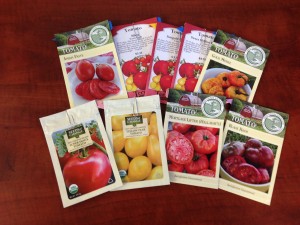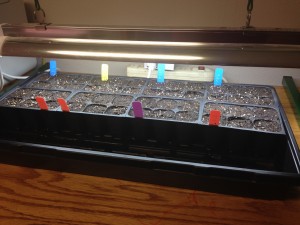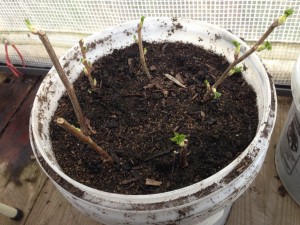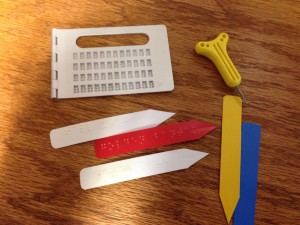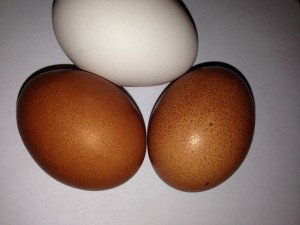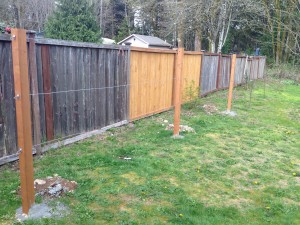 Grapes are vine plants, thus really need some kind of trellis support to grow happily. I have discovered this when growing grapevine plants from year 1. Whenever I would plant grapevine and have no any kind of trellis, they just would not grow much. As soon as my grapevines get some kind of support or trellis, they are just challenged to thrive and occupy the space.
Grapes are vine plants, thus really need some kind of trellis support to grow happily. I have discovered this when growing grapevine plants from year 1. Whenever I would plant grapevine and have no any kind of trellis, they just would not grow much. As soon as my grapevines get some kind of support or trellis, they are just challenged to thrive and occupy the space.
Recently, I have planted several new grapevine plants and here is how I decided to trellis them. I want to achieve 3 tier system on both sides of a plant. Basically one central trunk, and 6 arms. 3 arms on one side and 3 arms on the other side. The space that I have allocated for these arms are about 6 feet on either side. I currently have 2 plants, only trunks so far, but I strongly believe that I will train 6 arms on each side without any kind of difficulty during this coming season.
Building trellis was not that difficult. Here are the materials I have used to make it happen. Concrete mix, fence posts 4x4x8, galvanized wire 9 gauge and some wire vise. I have cemented 3 posts 2 feet deep and 6 feet above the ground, waited couple days for cement to set. After that drilled big enough wholes for wire vise to fit and setup the wire to its permanent position, securing it with wire vises on both ends of trellis, trimmed the access wire, and done deal. I did read on amazon some reviewers stated that it was difficult to put the wire through the wire vise. Not in my case, the wire went in just perfectly fine, and not a single vise wasted. Maybe it was because I was very careful not to break even one, considering, they are almost $4.00 each.
Now all is left: To fertilize my grapes with some composted chicken manure, get rid of weeds around the base and keep an eye on fresh new growth. It needs to be guided to correct positions. As I mentioned previously, I will select only 6 branches for each trunk, everything else will be brutally removed. They are already about 3 years old, still do not expect any kind of crop from them, while they are being trained to correct shape. First year I planted them, I did not have any kind of support or pruning, which was just pure really bad mistake on my side. They did not grow not a tiny bit, but in the subsequent year, I added support and pruned them, what a difference it made, some of them grew up to 12 feet just in one season.
I am curious to hear how you trellis your grapevines, any comments or suggestions are welcome!
